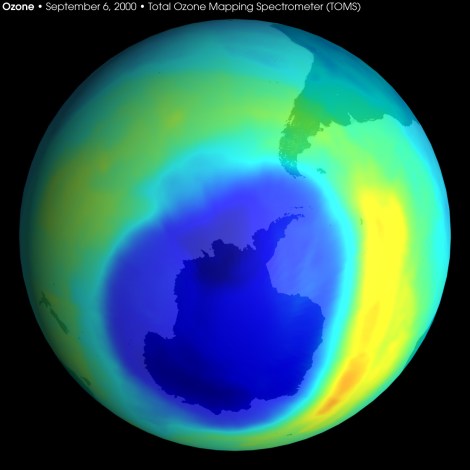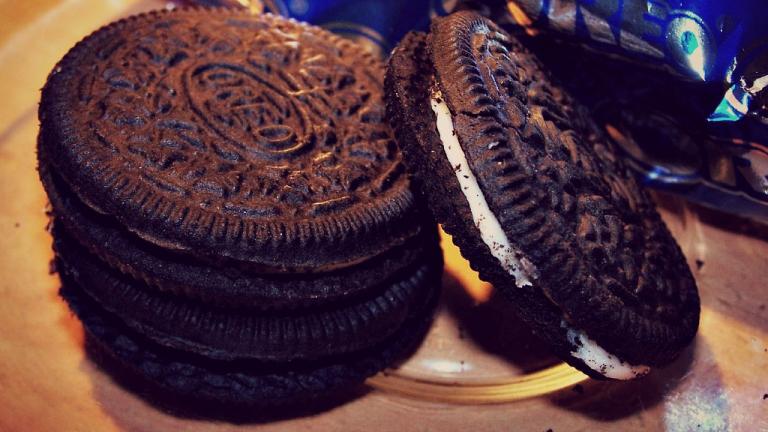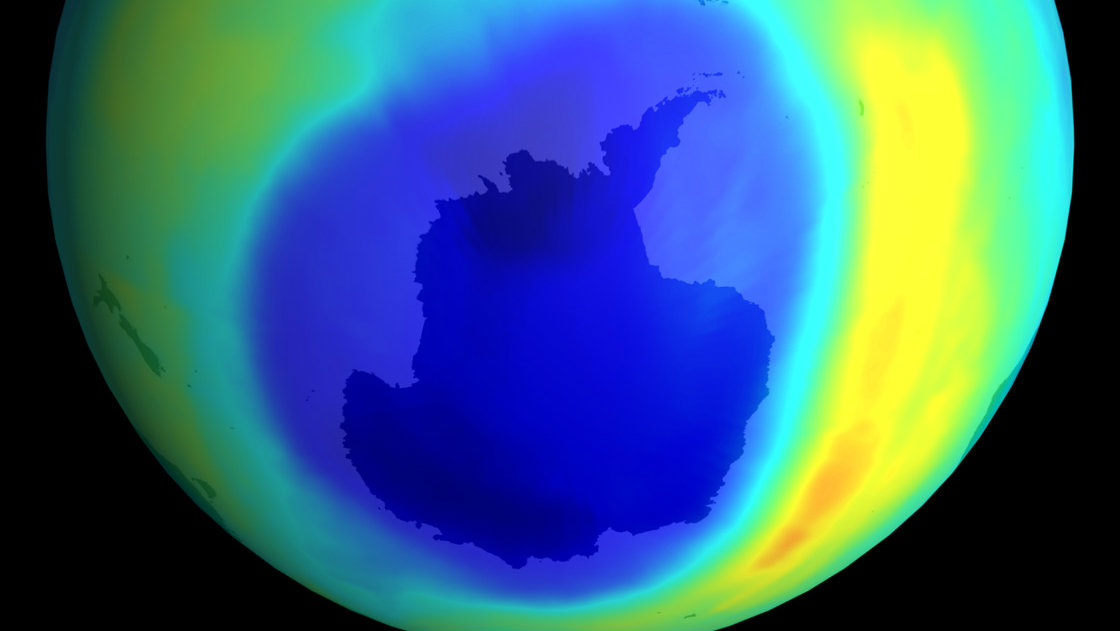
NASAA record-making hole in the ozone layer, in 2000.
There are things we know that we know, there are things that we know we don’t know, and there are four previously unknown ozone-eating gases that we now know are eating the ozone. (It goes something like that, right?)
No, we are not back in 1985, when scientists first discovered that the ozone layer had sprung a serious leak. Back then, 40 countries banded together to take unprecedented global action to restrict the nefarious chlorofluorocarbon gases (CFCs) responsible for the problem. The Montreal Protocol came into effect a mere four years after the threat was identified, culminating in a total ban on CFCs in 2010, tying up the loose ends once and seemingly for all (and, by happy accident, slowing the scourge of global warming by a 10th of a degree or so).
Now, according to a study published yesterday in Nature Geoscience, three new CFC gases have been found sneaking around the stratosphere, as well as a fourth close relative, a hydrochlorofluorocarbon (HCFC) commonly used in refrigerators and air-conditioners. These can be added to the catalogue of seven CFCs and six HCFCs previously ID’ed as armed and dangerous — the first new members added to this exclusive club since the ‘90s.
Researchers from the University of East Anglia looked deep into Greenland’s old snowpack, which contains an air-bubble record of atmospheric emissions over the past century, and determined that the new gases had only been around since the 1960s. This data, plus air samples collected in Tasmania, led the researchers to estimate that some 74,000 tons of the new gases had been released into the atmosphere by 2012.
Though the peak ozone-obliterating ‘80s — all that hairspray! — saw emissions of more than a million tons of CFCs a year, this tiny toot is disturbing because it might point to a leak in the treaty. As things stand, the ozone layer is still several decades from total recovery, so a new source of CFCs, however small, is troubling. As Johannes Laube, the study’s lead author, told the Australian Broadcasting Corp.:
“Two of the CFCs do what you would expect for CFCs — they increase in the 1980s, they slow down their increase in the 1990s, and then slowly start to decline. But the other two gases, they don’t do that,” he says.
“The other two gases are actually becoming more abundant and this indicates that they are still being emitted into the atmosphere.”
So where are these gases coming from? (Wasn’t me!) The scientists suggest that agricultural insecticides or solvents for cleaning electronics might be to blame. We have one solid clue to go on so far: Differences between air samples taken by passenger jets suggest that the secret source of these gases lies in the Northern Hemisphere … but considering that most of the world’s polluters live on this side of the equator, that doesn’t really narrow the lineup of usual suspects. (Well, I guess you’re off the hook this time, Australia.)




